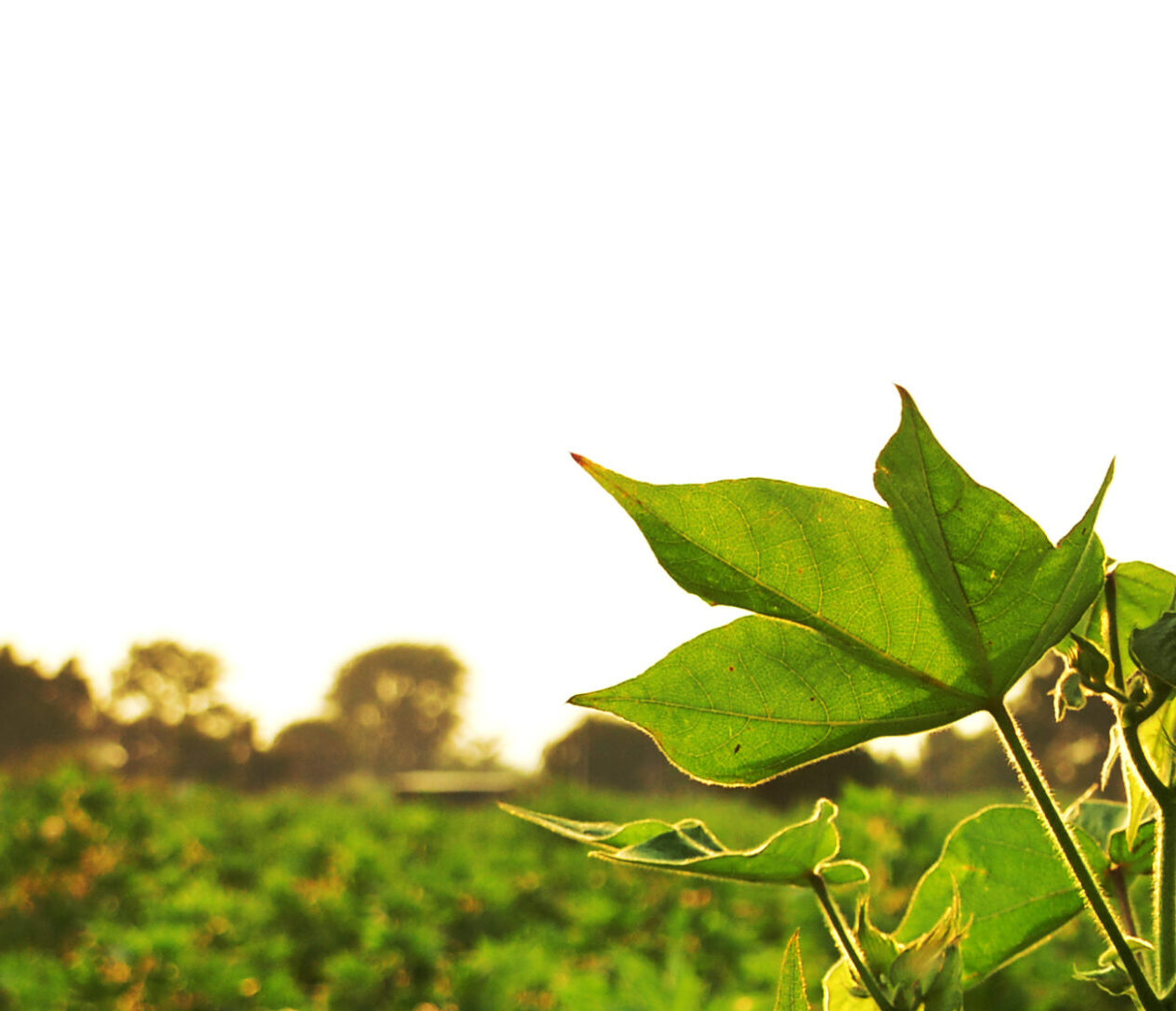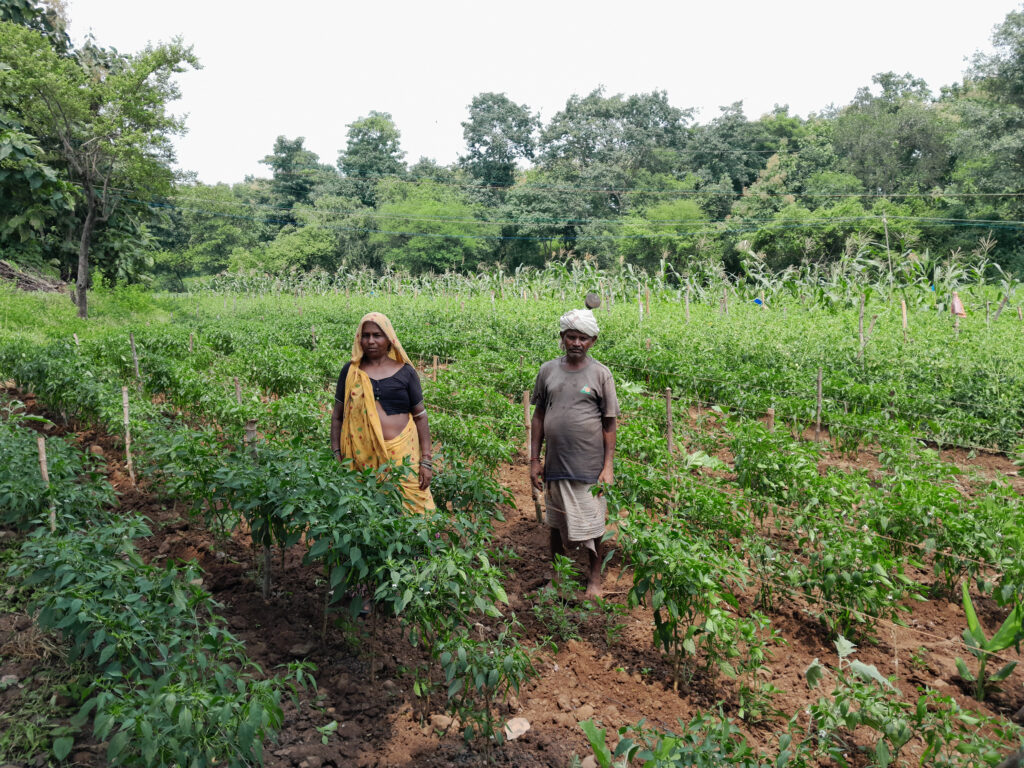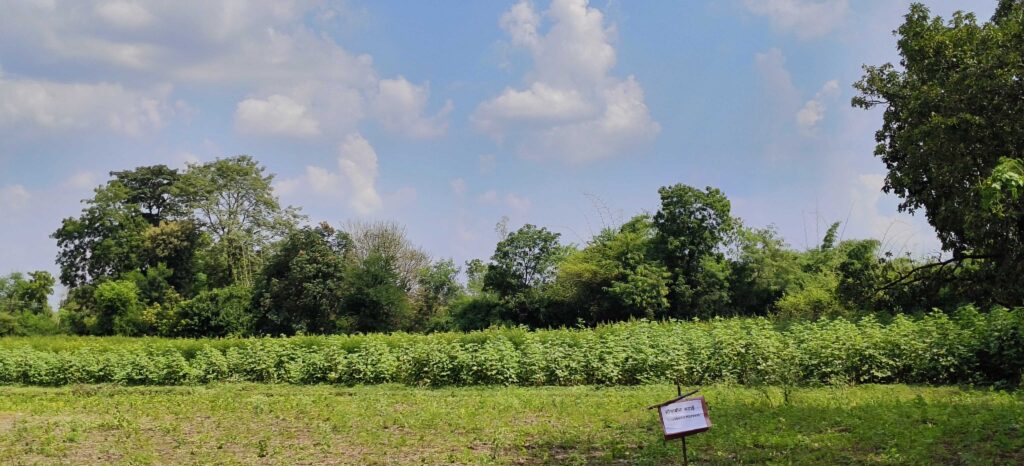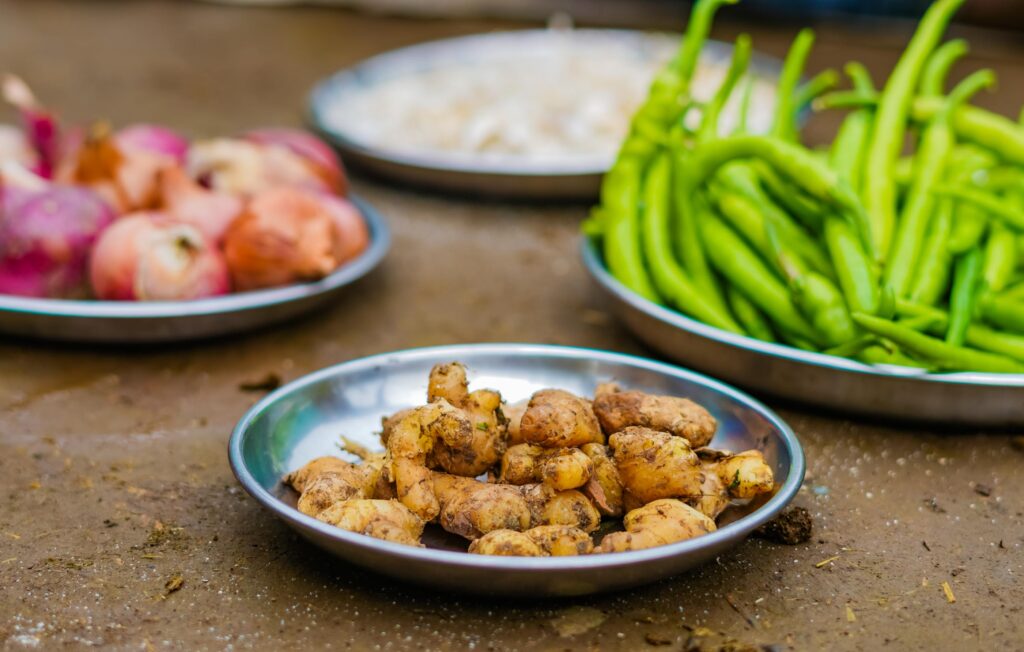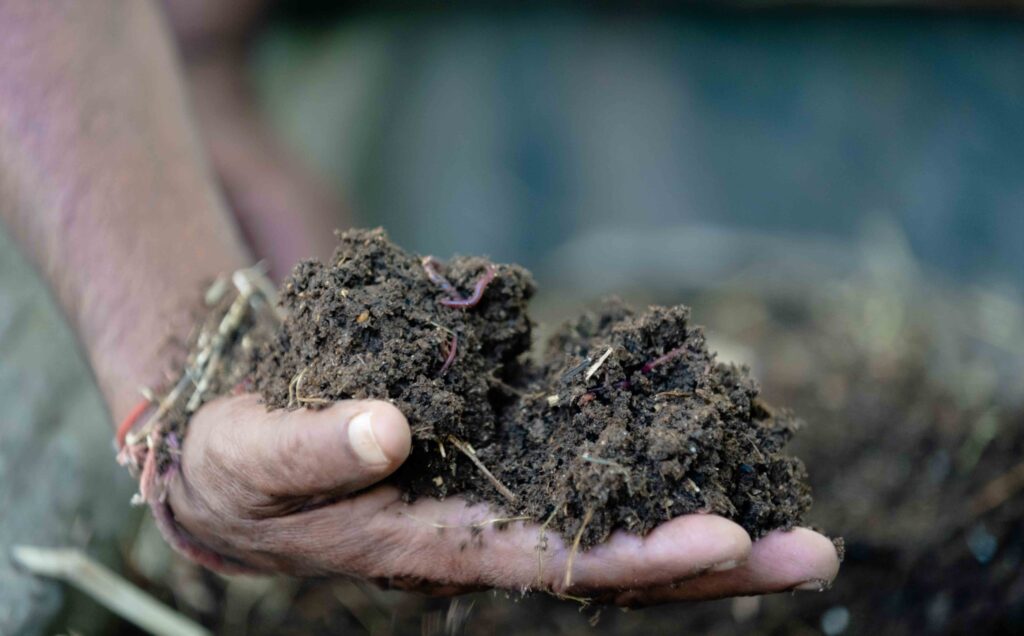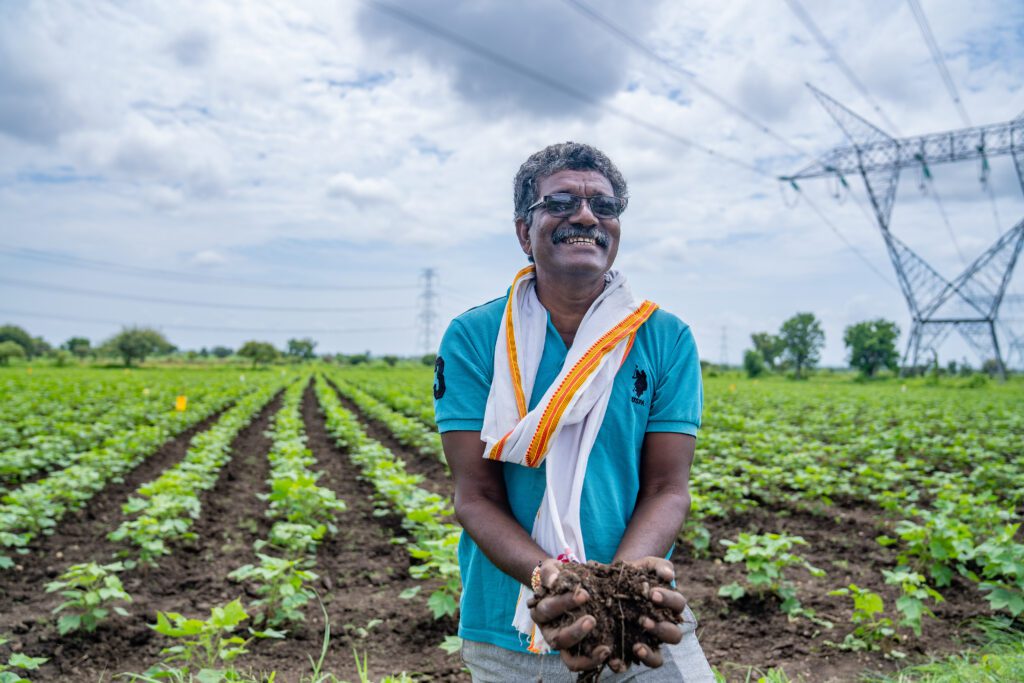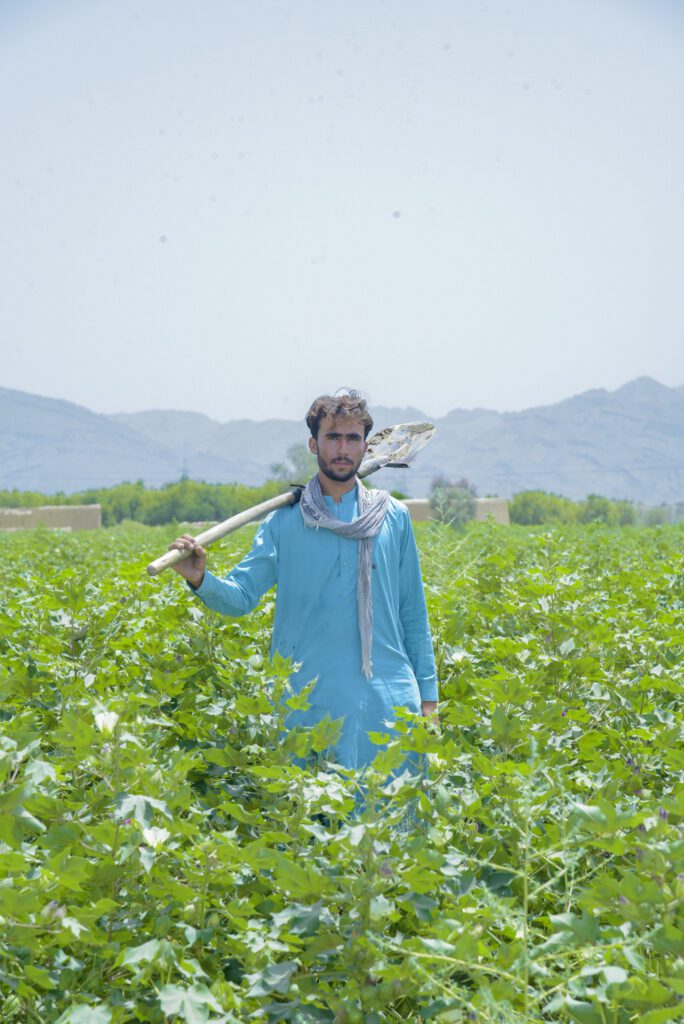 Pakistan
Pakistan Growing more than organic cotton: How biodiversity thrives on Bhiljis’ organic farm
Deep in the tribal belt of Petlawad, Madhya Pradesh, India, the village of Dhanpura is home to a farming couple who are reconnecting with the land in new ways. Through OCA’s Farm Programme, Rama and Sajan Bhilji have spent the past five years transitioning their farm to organic cotton.
What makes this organic farm unique
A key part of this transition is a demonstration plot—a small section of their farm where they experiment with nature-based practices. By sharing their journey, they show how organic methods can regenerate the land, restore biodiversity, and improve livelihoods.
Bhiljis’ demo plot acts as a living classroom for the community, where local farmers can simply walk through and see how biodiversity benefits the land. The field is alive with eight different types of crops, along with cotton, from green gram and pigeon pea to roselle and sunflower. This intentional crop diversity supports a resilient agroecosystem, reducing pest pressure, building soil fertility, and ensuring steady yields, even in unpredictable weather.
Practices that restore biodiversity and soil health
Bhiljis’ use intercropping, border cropping, and cover cropping, turning each square meter into a hub of interaction between plants, soil, and insects. Border crops like marigold and pigeon pea naturally manage pests. Cover crops like lobia and black gram prevent erosion and add organic matter to the soil.
What sets Rama and Sajan’s farm apart is how, through the adoption of these organic practices, they are intentionally supporting biodiversity in their land. Their field is a self-sustaining system. Flowering crops attract pollinators and beneficial insects. The live fence of neem, bamboo, and jujube trees provides windbreaks, bird habitats, and shade. These trees also help regulate the microclimate, stabilise the soil, and promote water retention.
As Rama puts it, “Each crop, each tree, and each insect has a role. I’m growing a healthy system that can support itself.”
A self-sufficient farm and household
Rama also invests in his soil. Through green manuring, he grows legumes and incorporates them back into the field to build organic matter. While Sajan uses low tillage and traditional inputs like kolpa (a natural compost made from farm waste) and nipping ( which means pinching off plant tips to help them grow better ), helping the soil retain moisture and nutrients while reducing the need for chemical fertilisers. The result? Healthier crops and fewer expenses.
This approach does more than improve the land. Bhiljis’ farm now produces a diverse basket of food crops, including turmeric, maize, pulses, and vegetables. This ensures nutritional security for his family of seven.
“The taste of our food has improved, and so has our health,” Rama says. “We are less dependent on the market, both for food and for farming inputs.”
Organic farming: The bigger picture in India
Rama and Sajan’s shared experience is part of a broader framework of organic cotton farming benefitting the environment, which OCA is measuring through field data. OCA’s recent regional Life Cycle Assessment (LCA) study in India shows that organic farming reduces environmental impacts such as greenhouse gas emissions, eutrophication, and water use compared to conventional practices, and it significantly lowers ecotoxicity, reducing harmful chemical exposure to soil, water, and wildlife. By eliminating synthetic pesticides and fertilisers, organic farming directly supports healthier ecosystems and greater biodiversity. OCA is helping farmers like Rama and Sajan track and demonstrate their positive impact on soil health and biodiversity.
